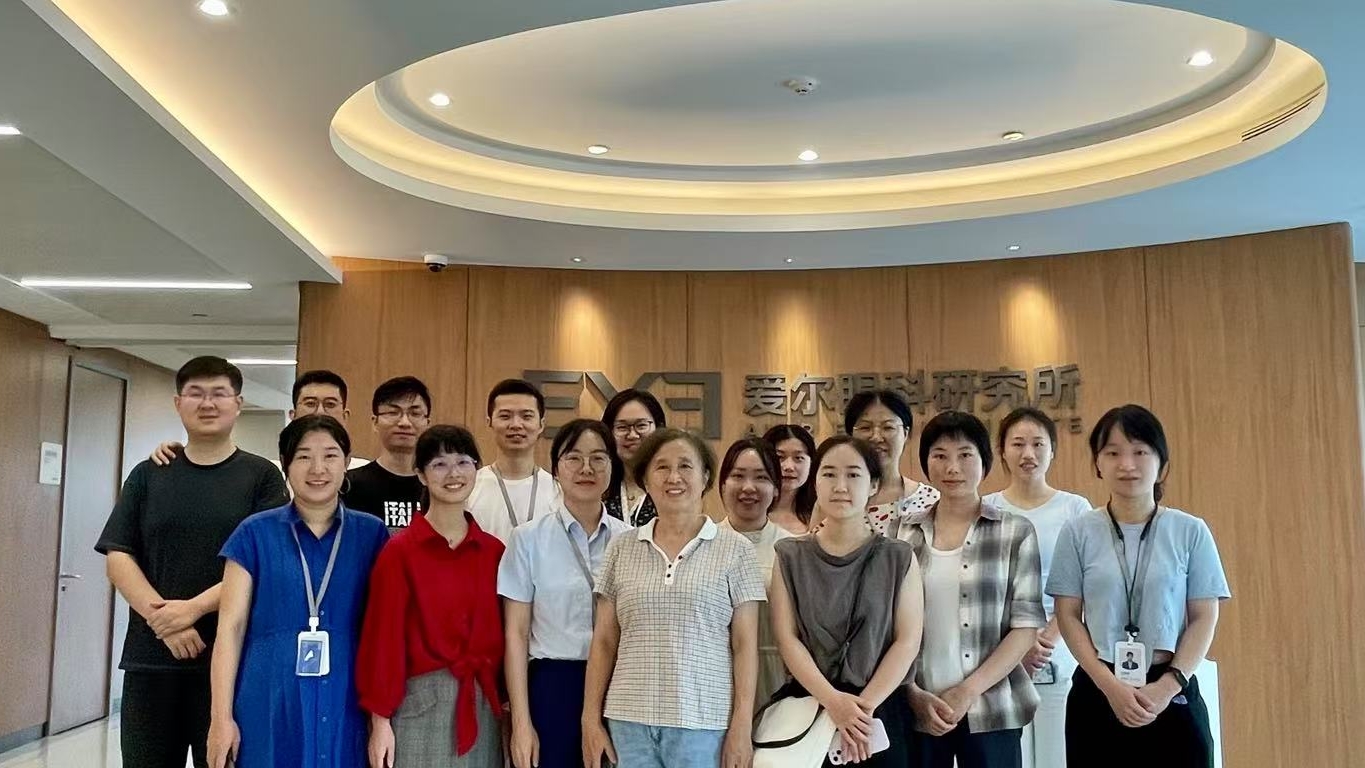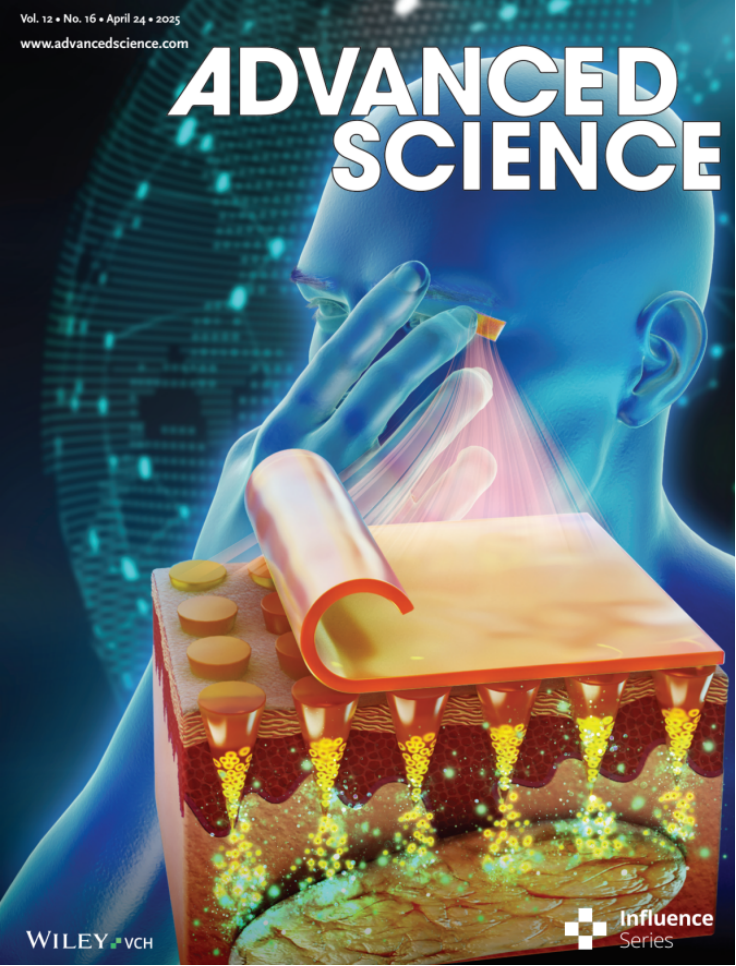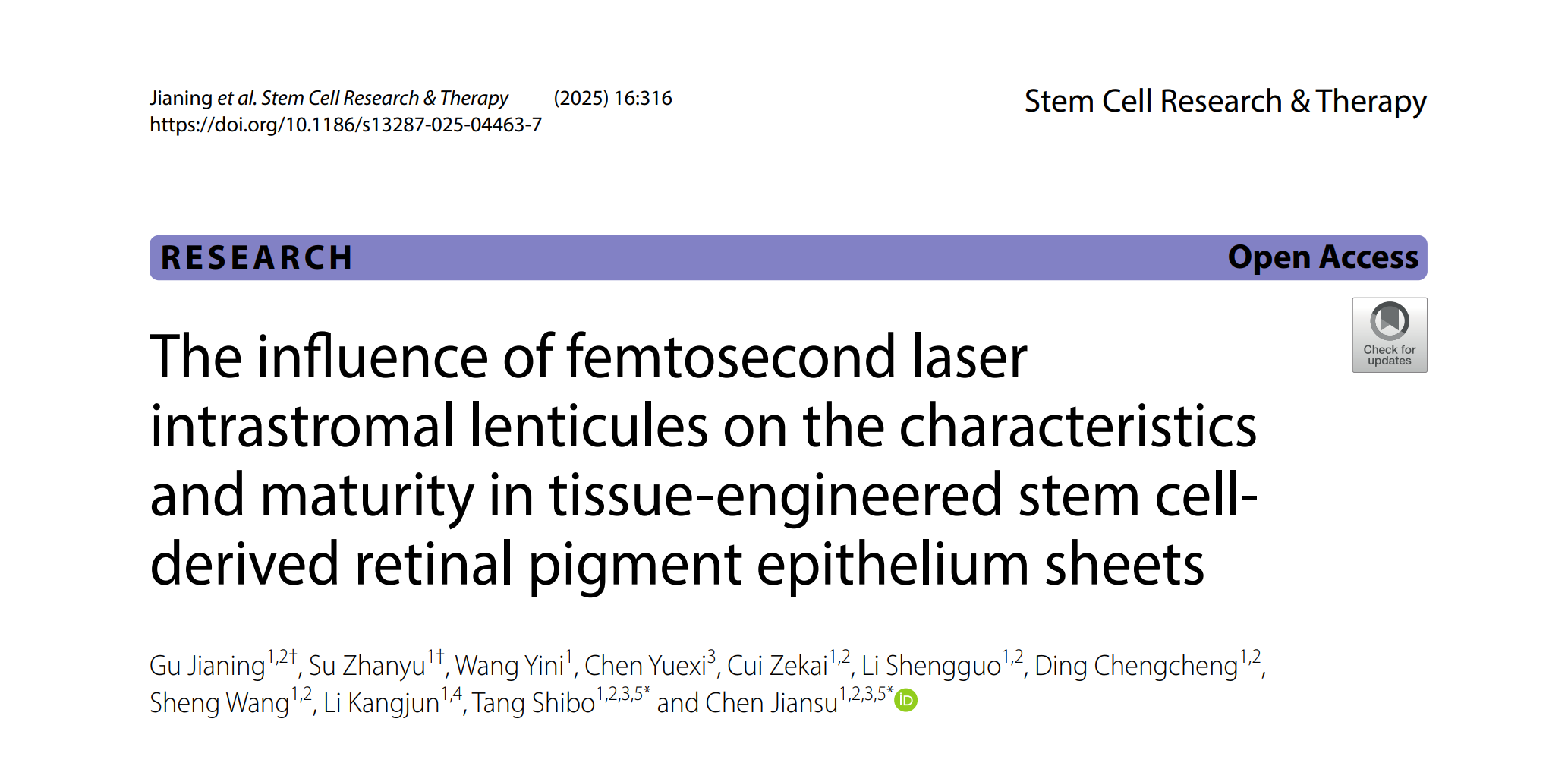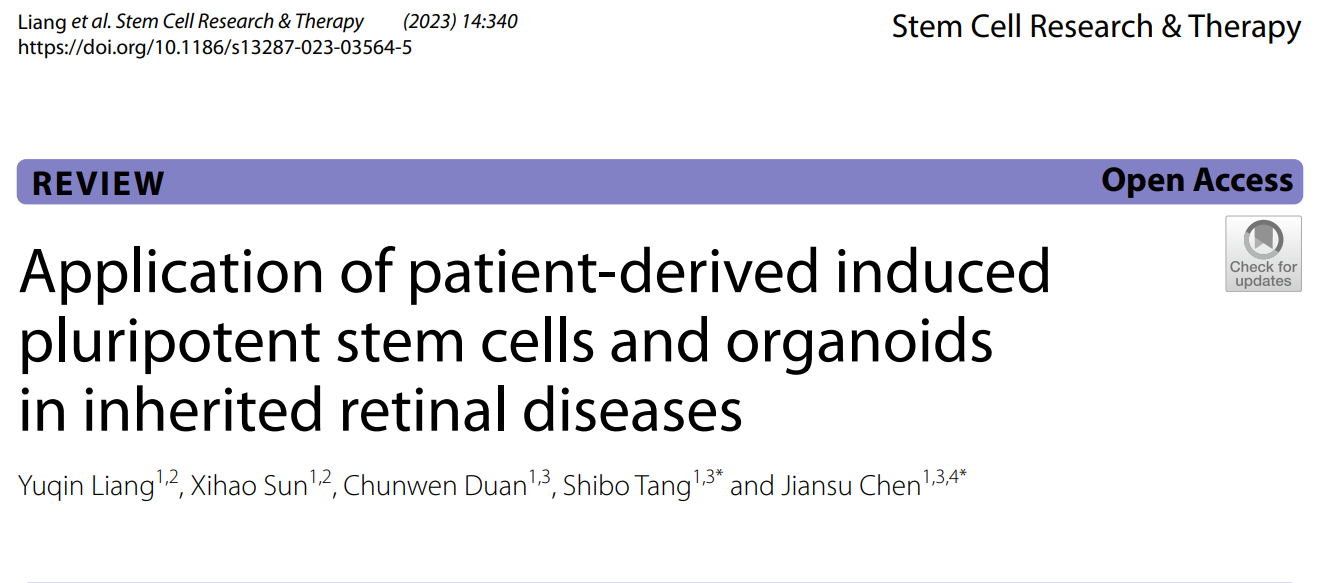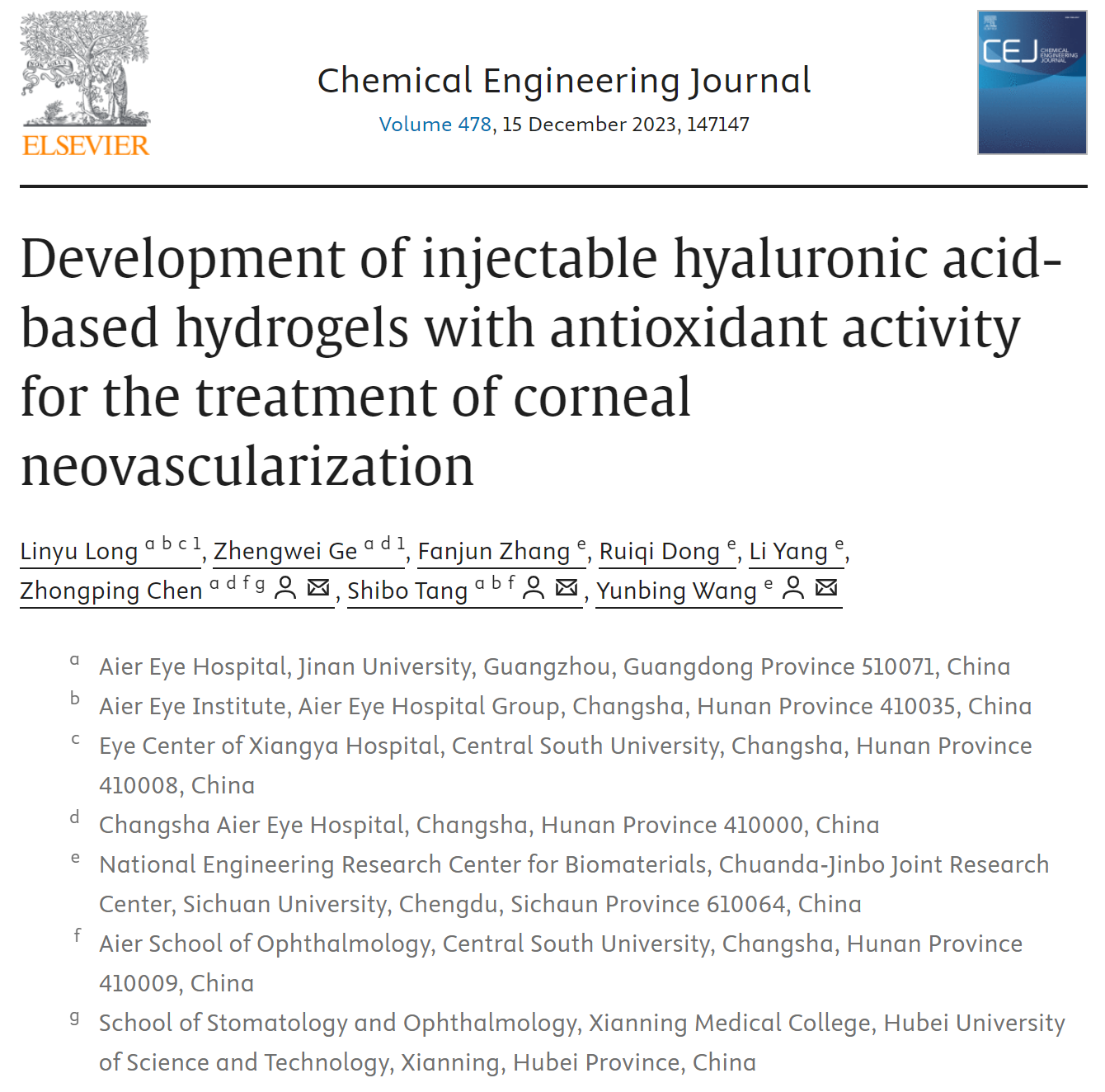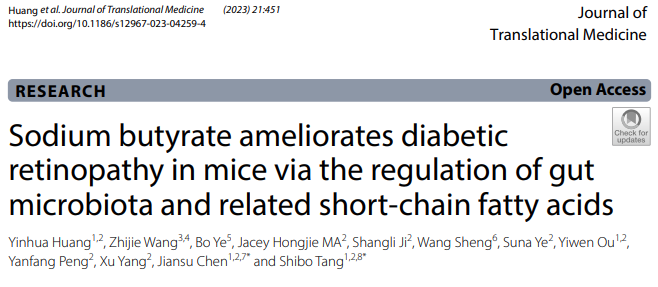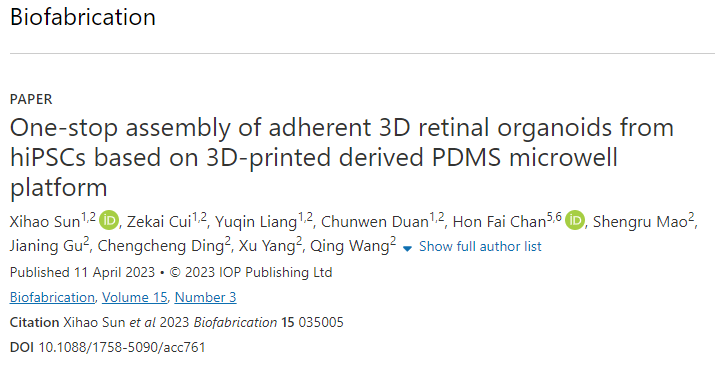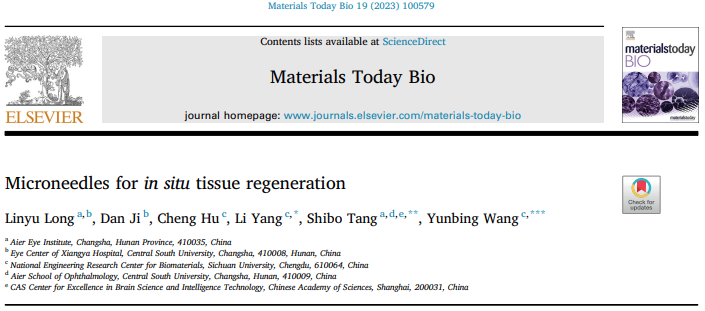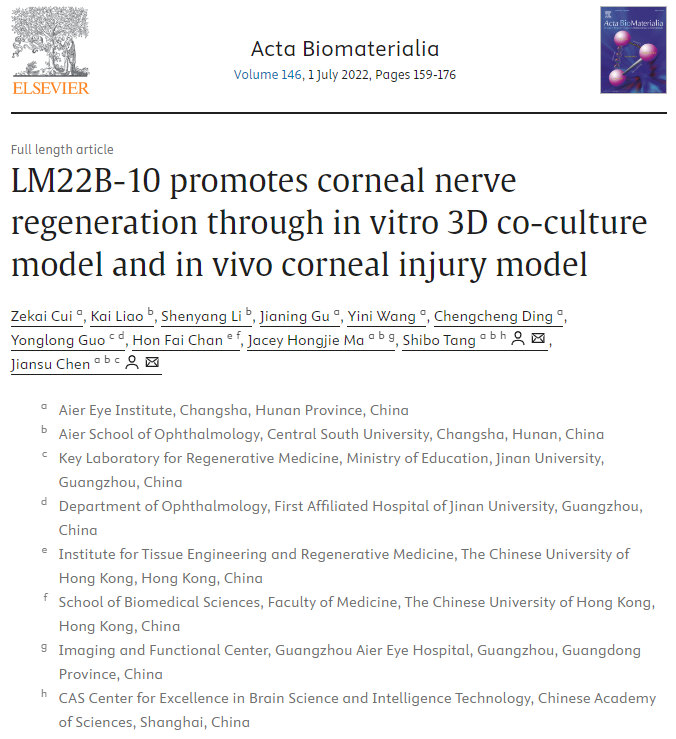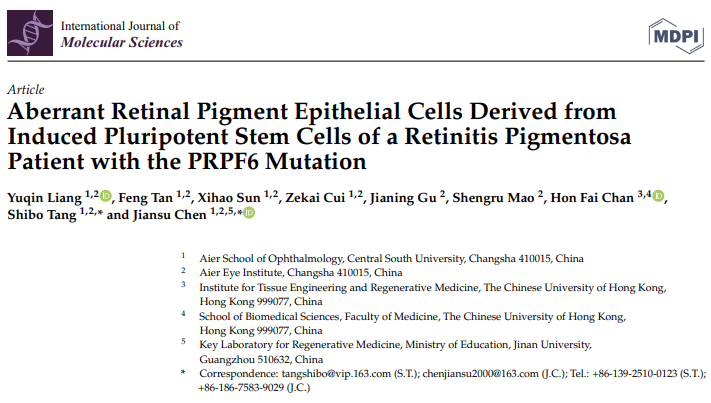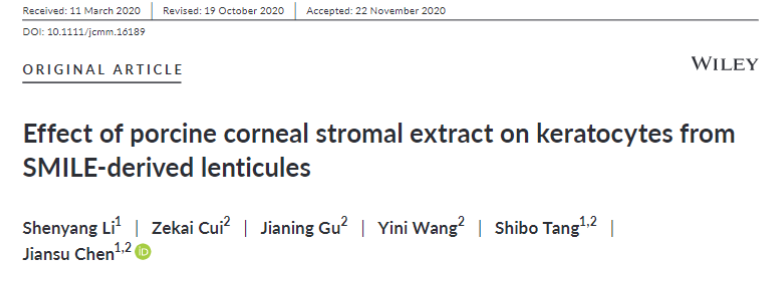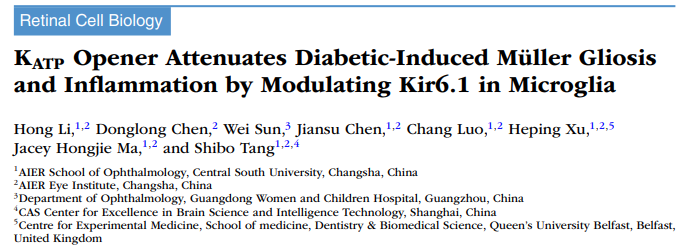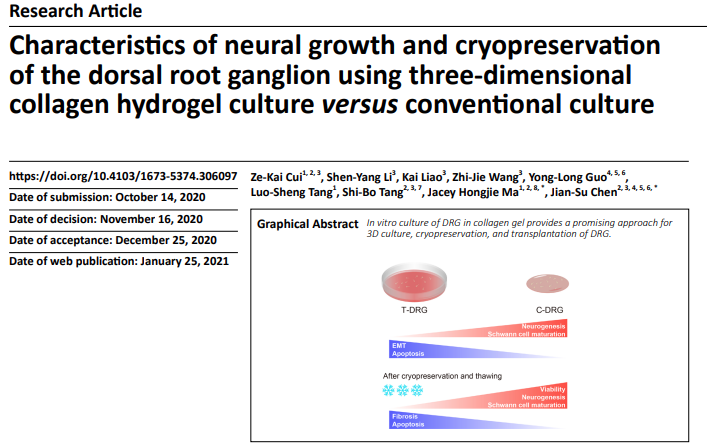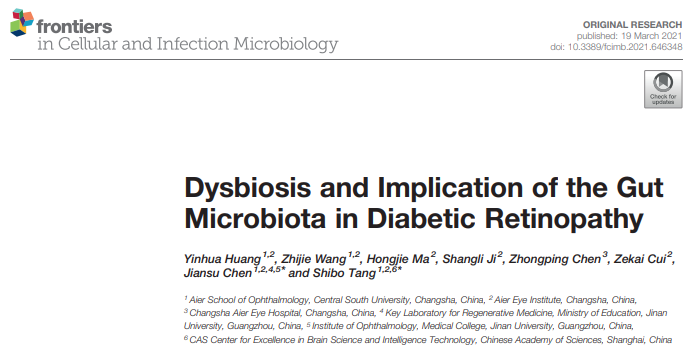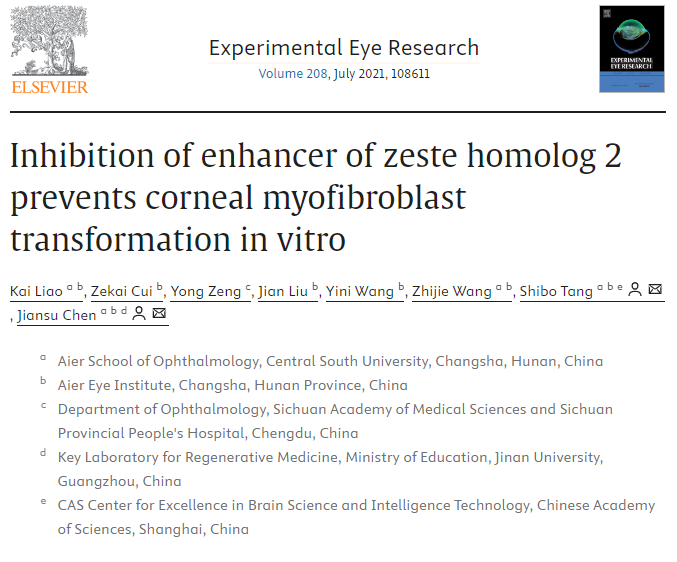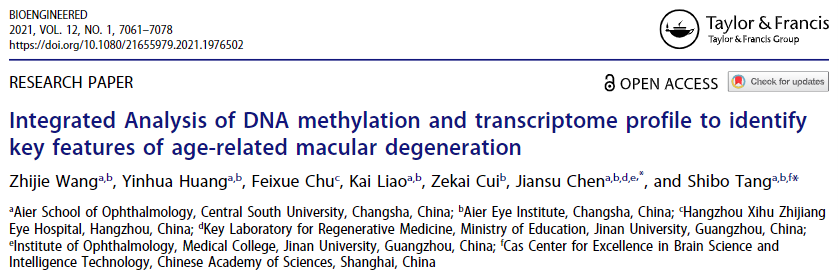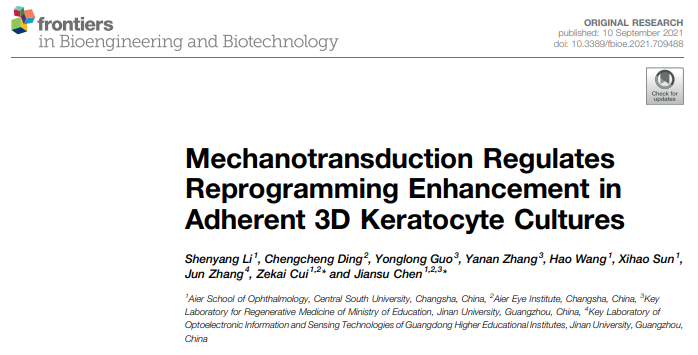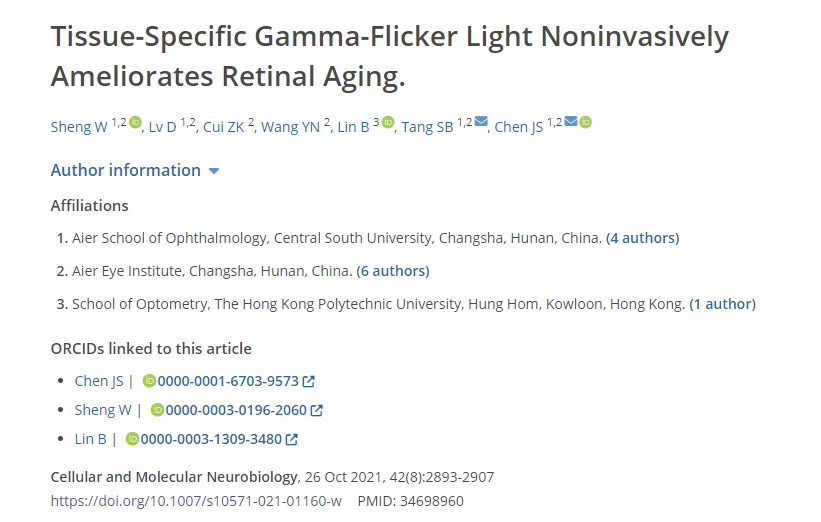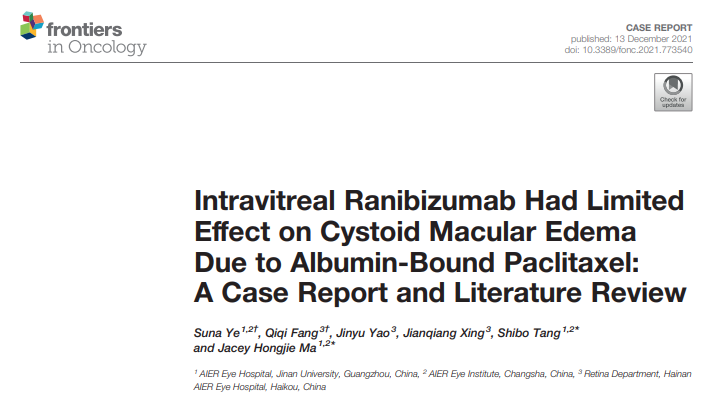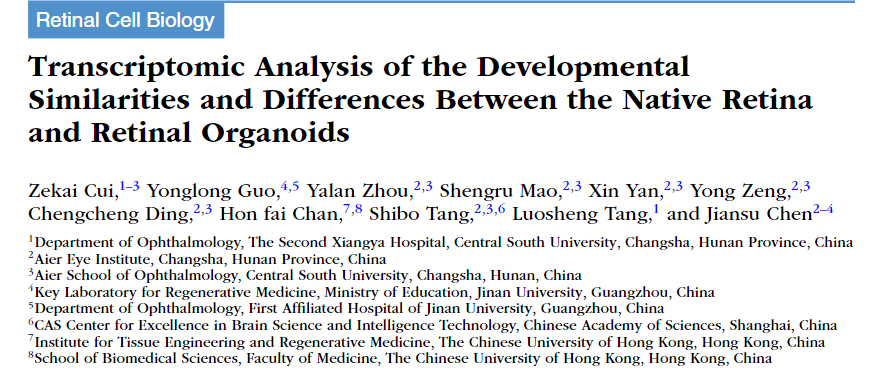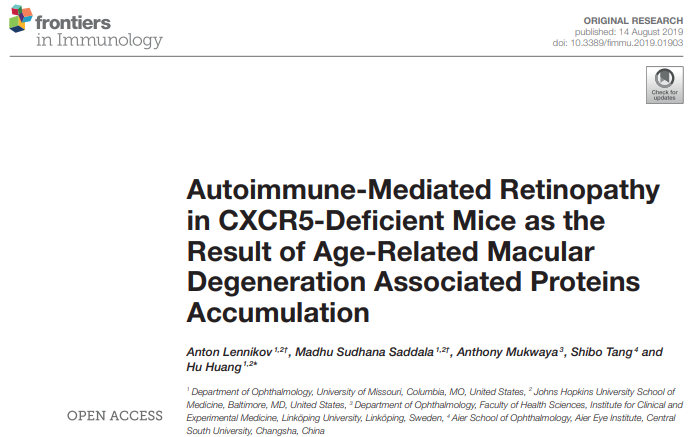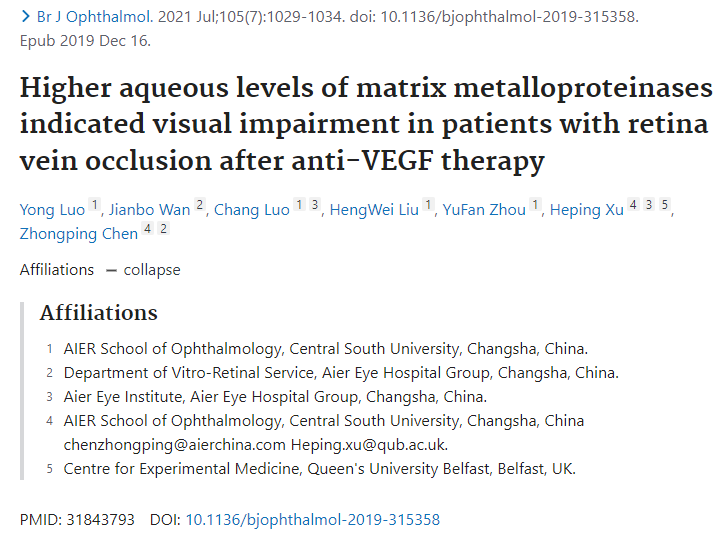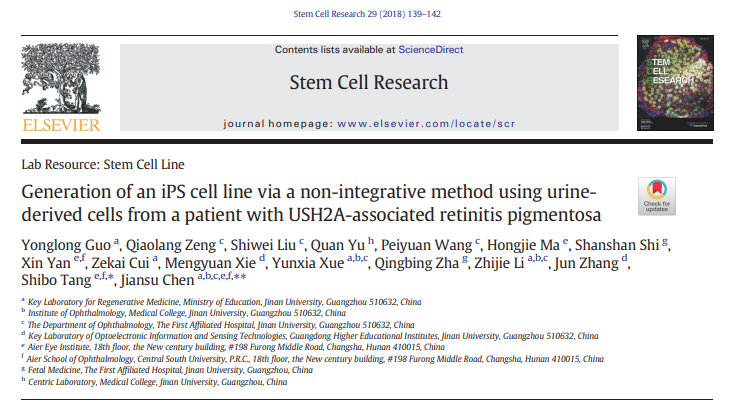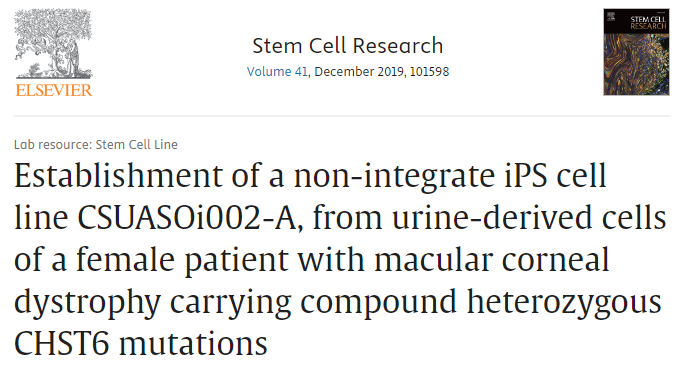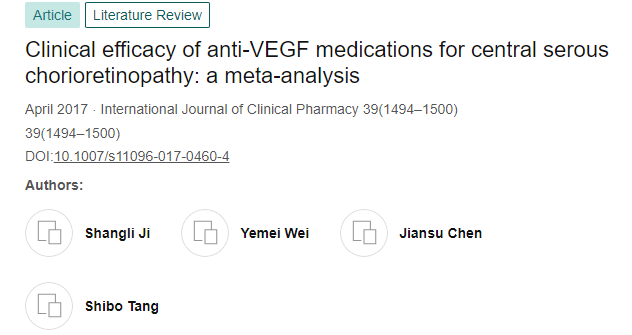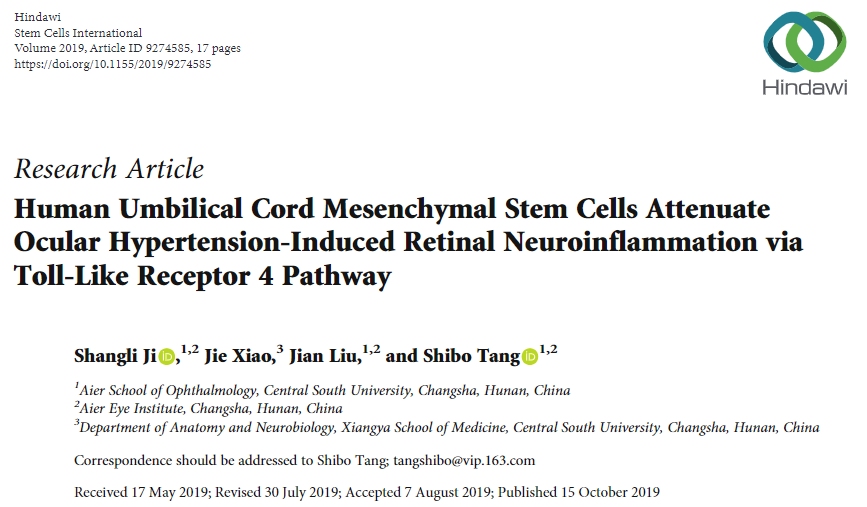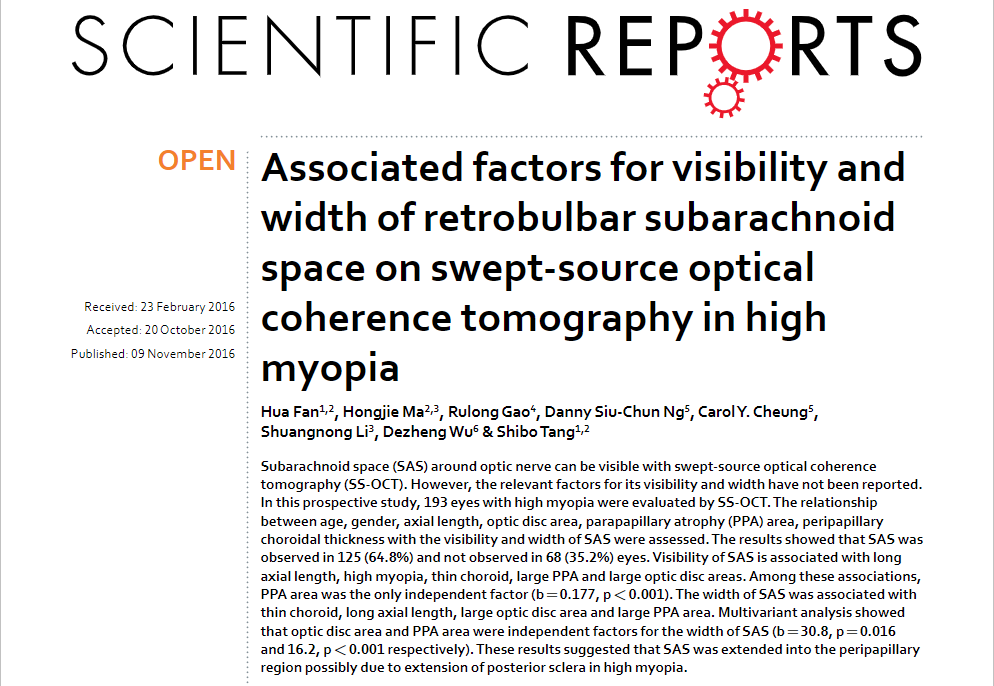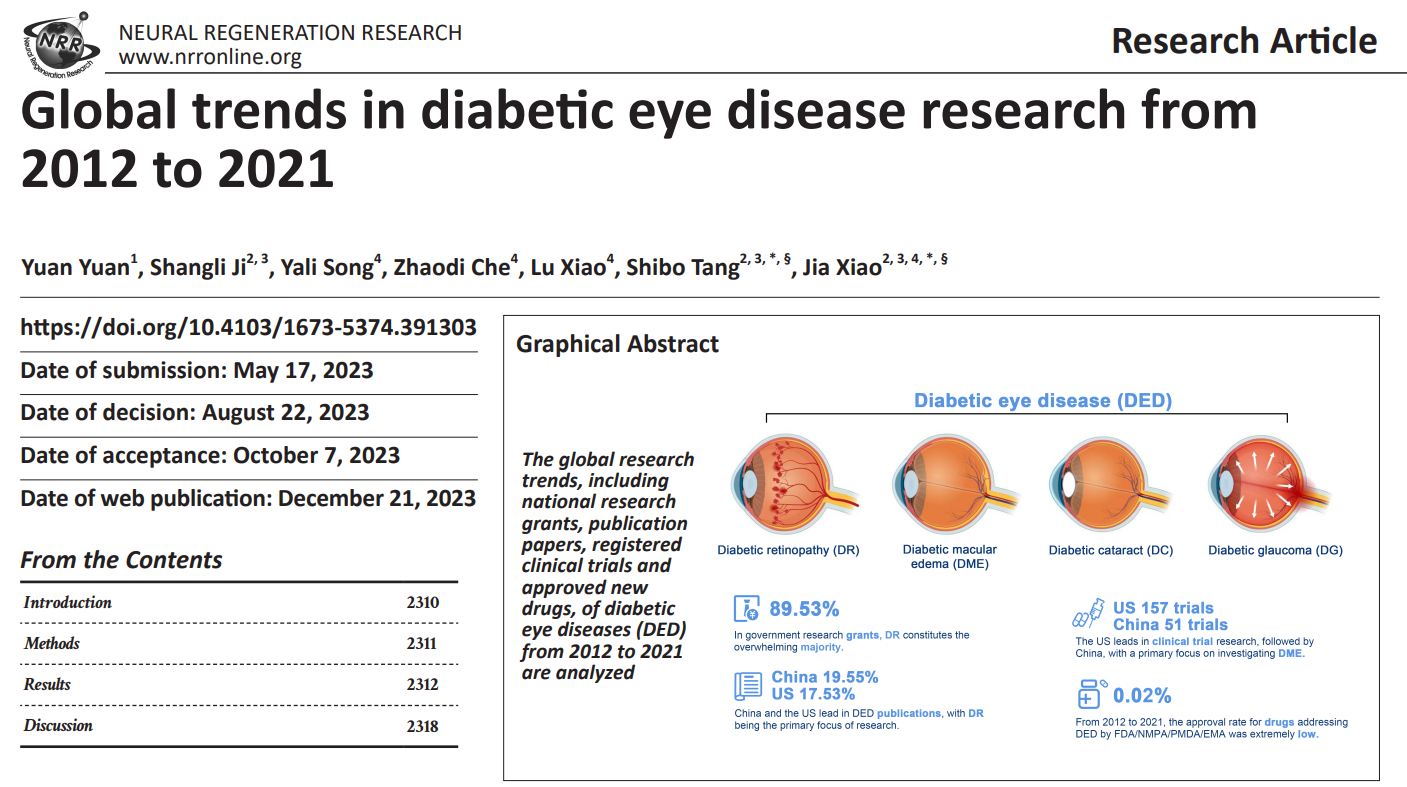- 首页
- 关于我们
概况介绍 研究方向 人才培养 委员会/committee
- 员工团队
特聘专家 主要领导 行政团队 技术团队 PI团队- 科研平台
中心实验室 实验动物中心 生物样本库- 最新资讯
- 首页
- 关于我们
概况介绍 研究方向 人才培养 委员会/committee
- 员工团队
特聘专家 主要领导 行政团队 技术团队 PI团队- 科研平台
中心实验室 实验动物中心 生物样本库- 最新资讯
The Construction of Retinal Pigment Epithelium Sheets with Enhanced Characteristics and Cilium Assembly Using iPS Conditioned Medium and Small Incision Lenticule Extraction Derived Lenticules发布日期: 2024-09-03
Abstract
In vitro generation of a functional retinal pigment epithelium (RPE) monolayer sheet is useful and promising for RPE cell therapy. Here, for the first time, we used induced pluripotent stem (iPS) supernatant as the conditioned medium (iPS-CM) and femtosecond laser intrastromal lenticule (FLI-lenticule) as a scaffold to construct an engineered RPE sheet. There are significant enhancements in RPE cell density, transepithelial electrical resistance (TER) and inhibitions of ultraviolet C (UVC)-irradiated apoptosis when RPE cells are cultured in iPS supernatant/Dulbecco’s modified Eagle’s medium (DMEM)-F12 of 1/2 (iPS-CM) compared with those in normal medium (NM, DMEM-F12). Using the assay of a panel of cytokines, combined with transcriptome and protein analyses, we discover that iPS-CM contains high levels of platelet-derived growth factor AA (PDGF-AA), insulin-like growth factor binding protein (IGFBP)-2, transforming growth factor (TGF)-α and IGFBP-6, which are responsible for the upregulation of gene and protein markers with RPE phenotypes and downregulation of gene and protein markers with epithelial-mesenchymal transition (EMT) phenotypes for RPE cells in iPS-CM when compared to those in NM. Moreover, compared to cultures on tissue culture plates (TCP), RPE cells on FLI-lenticule display more microvilli and cilium in accordance with the results in terms of RNA-Seq data, quantitative polymerase chain reaction (qPCR) expression, immunofluorescence staining, and western blot assays. Furthermore, acellular FLI-lenticule exhibits biocompatibility after rabbit subretinal implantation by 30 days through electroretinography and histological examination. Thus, we determined that engineered RPE sheets treated by iPS-CM in conjunction with FLI-lenticule scaffold aid in enhanced RPE characteristics and cilium assembly. Such a strategy to construct RPE sheets is a promising avenue for developing RPE cell therapy, disease models and drug screening tools.
上一篇Establishment of a non-integrate iPS cell line CSUASOi002-A, from urine-derived cells of a female patient with macular corneal dystrophy carrying compound heterozygous CHST6 mutations下一篇Higher aqueous levels of Matrix Metalloproteinases (MMPs) indicated visual impairment in patients with retina vein occlusion after anti-VEGF therapy相关文章-
近期,爱尔眼科长沙医学中心陈建苏教授、唐仕波教授、崔泽凯副教授团队在角膜损伤修复和视网膜疾病治疗方面研究取得了多项令人瞩目的成果,为了解致盲性角膜和视网膜疾病的...2025-08-04
-
近日,爱尔眼科与南开大学联合科研团队取得重大突破,其研究成果在国际学术期刊《Advanced Science》(中科院 1区 TOP,影响因子14.3)上重磅发...2025-05-19
-
AbstractBackground Recent advances in clinical trials have involved the transpla...2025-05-06
-
Inherited retinal diseases (IRDs) can induce severe sight-threatening retinal de...2024-09-11
-
Corneal neovascularization (CNV) is a condition that can severely adversely affe...2024-09-05
-
Diabetic retinopathy (DR) is a common complication of diabetes and has a high pr...2024-09-04
-
Diabetic retinopathy (DR) development is associated with disturbances in the gut...2024-09-04
-
The three-dimensional (3D) retinal organoids (ROs) derived from human induced pl...2024-09-04
-
Tissue injury is a common clinical problem, which may cause great burden on pati...2024-09-04
-
Corneal nerve wounding often causes abnormalities in the cornea and even blindne...2024-09-04
-
Pre-mRNA processing factors (PRPFs) are vital components of the spliceosome and ...2024-09-04
-
Propagating large amounts of human corneal stromal cells (hCSCs) in vitro while ...2024-09-04
-
This study aimed to determine the effect of pinacidil, a nonselective KATP chann...2024-09-04
-
In vertebrates, most somatosensory pathways begin with the activation of dorsal ...2024-09-04
-
The pathogenesis of type 2 diabetes mellitus (T2DM) is commonly associated with ...2024-09-04
-
Corneal fibroblast can be transformed into corneal myofibroblasts by TGF-β1.2024-09-04
-
Age-related macular degeneration (AMD) is a common vision-threatening disease. T...2024-09-04
-
Suspended spheroid culture using ultralow attachment plates (ULAPs) is reported ...2024-09-04
-
本发明涉及医学技术领域,特别涉及一种RPE细胞片及其应用和制备方法。该RPE细胞片包括依次设置的角膜透镜、脉络膜毛细血管层和RPE细胞层;角膜透镜表面设置有血管...2024-09-04
-
Purpose: Retinal inflammation is involved in the pathogenesis of several retinal...2024-09-03
-
Aging is a risk factor for multiple retinal degeneration diseases. Entraining br...2024-09-03
-
Angiographically silent cystoid macular edema (CME) is a rare complication from ...2024-09-03
-
The neuroretina is protected by its own defense system, that is microglia and th...2024-09-03
-
Purpose: We performed a bioinformatic transcriptome analysis to determine the al...2024-09-03
-
Previous research has shown that CXCR5−/− mice develop retinal degeneration (RD)...2024-09-03
-
Purpose: To investigate the levels of matrix metalloproteinases (MMPs) in aqueou...2024-09-03
-
In vitro generation of a functional retinal pigment epithelium (RPE) monolayer s...2024-09-03
-
We have established an induced pluripotent stem (iPS) cell line using urine-deri...2024-09-03
-
Purpose: The purpose of this study is to investigate the potential therapeutic b...2024-09-03
-
We report the human induced pluripotent stem cell line (iPSC) CSUASOi002-A, gene...2024-09-03
-
Background Central serous chorioretinopathy (CSC) is a widespread retinal disord...2024-09-03
-
Glaucoma is characterized by progressive, irreversible damage to the retinal gan...2024-09-03
-
Subarachnoid space (SAS) around optic nerve can be visible with swept-source opt...2024-09-03
-
Diabetic eye disease refers to a group of eye complications that occur in diabet...2023-05-01
- 员工团队
- 员工团队


